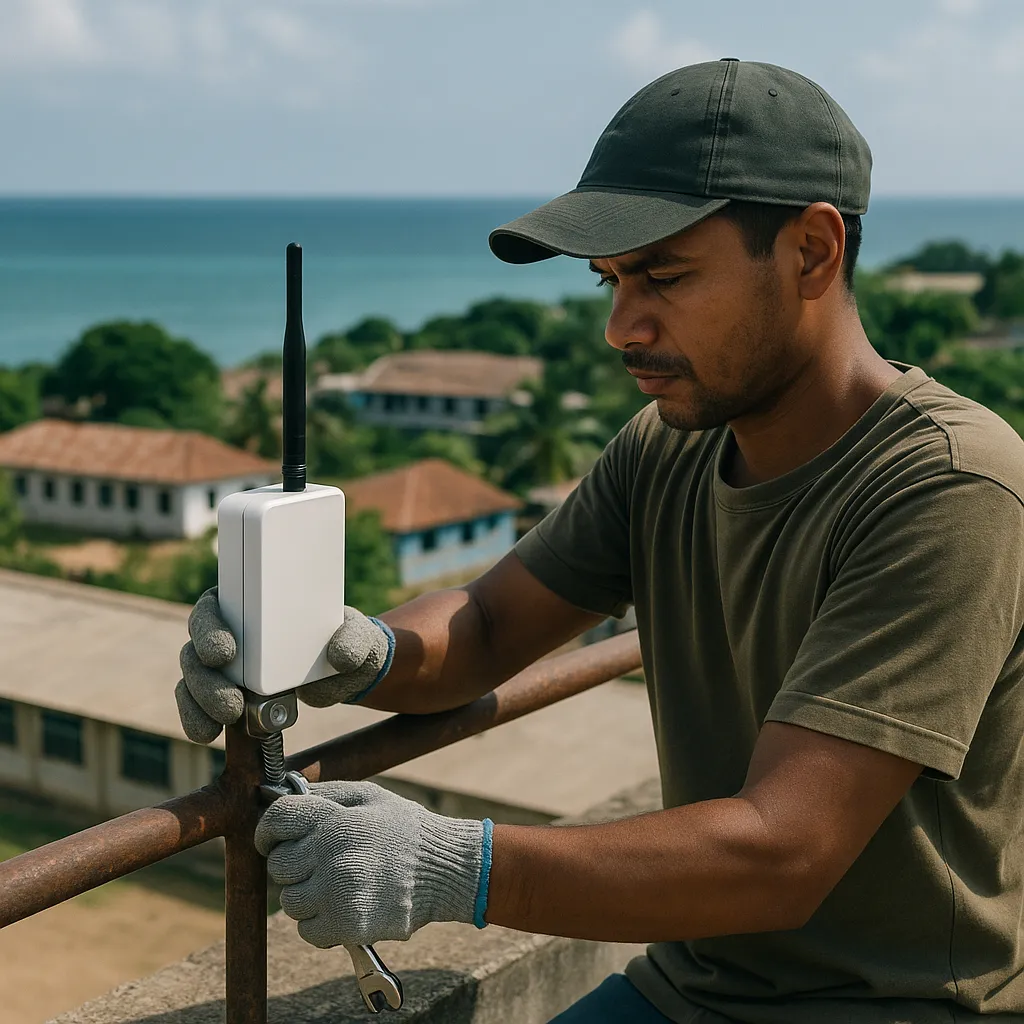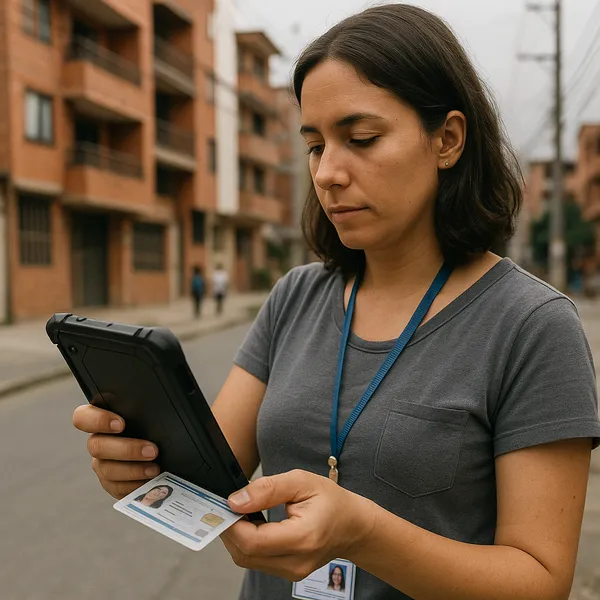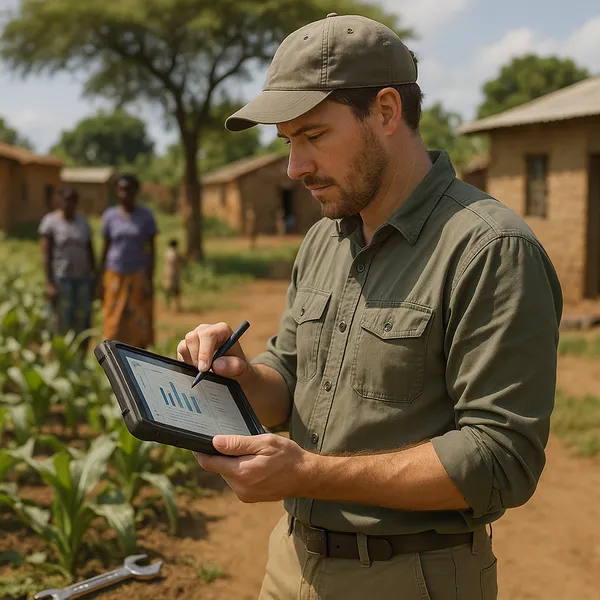Remote Data Collection - Utility of IVR, WhatsApp, and Chatbot Tools
Published on: Sat Jun 20 2020 by Ivar Strand
Remote Data Collection: Assessing the Utility of IVR, WhatsApp, and Chatbot Tools
Introduction
The ability to gather timely and reliable data from project beneficiaries is a cornerstone of effective program management and accountability. In contexts where physical access is constrained by conflict, natural disasters, or public health crises, this foundational activity becomes a major operational challenge. The inability to reach communities directly can create significant blind spots, hindering an organisation’s ability to adapt programming and respond to emergent needs.
Emerging communication technologies—notably Interactive Voice Response (IVR), WhatsApp, and automated chatbots—offer a potential solution to this access problem. They promise a direct channel to hard-to-reach populations, enabling a continuous flow of feedback. However, their application is far from straightforward. The central problem is how to strategically deploy these tools while carefully navigating the complex issues of digital literacy, network coverage, data privacy, and appropriate survey design to ensure the data collected is both meaningful and ethically obtained.
A Taxonomy of Remote Engagement Tools
Effective deployment begins with a clear understanding of the specific capabilities and limitations of each tool. They are not interchangeable; each is suited to a different set of contextual realities and data collection needs.
- Interactive Voice Response (IVR): This technology uses automated phone calls to ask pre-recorded questions. Participants respond by pressing keys on their mobile phone’s keypad (e.g., “Press 1 for Yes, Press 2 for No”). Its primary strength lies in its universal reach; it functions on any mobile phone, including basic feature phones, and bypasses literacy barriers by using voice prompts. Its primary weakness is its simplicity; it is suitable only for short, simple, multiple-choice questions and cannot capture qualitative nuance.
- WhatsApp and Messaging Applications: Leveraging the high penetration rates of platforms like WhatsApp, organisations can distribute surveys and collect feedback. This method allows for a richer exchange, including text, photo, and short video submissions. However, it is dependent on participants owning a smartphone and having consistent data connectivity. Furthermore, it introduces significant data governance challenges, as user data is processed by third-party commercial technology companies.
- Chatbots: These are automated conversational programs, often integrated within messaging apps or websites. A chatbot can guide a user through a survey in a more interactive, conversational flow than a static form, using branching logic to ask relevant follow-up questions. While potentially more engaging, chatbots are more complex and resource-intensive to develop and are still constrained by the same smartphone and literacy requirements as other messaging-based tools.
A Strategic Framework for Deployment
The decision to use a remote tool, and the choice of which tool to use, must be driven by a structured, context-aware assessment. Technology should be selected to fit the context, not the other way around.
- Step 1. Conduct a Contextual Feasibility Assessment. Before any tool is selected, a rapid assessment of the target community’s digital landscape is non-negotiable. This involves answering a set of key questions: What is the quality of mobile network coverage in the target area? What is the ratio of smartphone users to feature phone users? What is the community’s general level of digital literacy? And critically, which communication platforms are most trusted and widely used?
- Step 2. Align the Tool with Verification Needs. The choice of technology must be dictated by the type of data required. For rapid, high-frequency polling on a simple metric (e.g., confirming receipt of a cash transfer), the broad reach of IVR may be most appropriate. To verify the condition of a physical asset (e.g., a broken water pump), the ability of WhatsApp to transmit a photograph is necessary. The tool must match the information requirement.
- Step 3. Design for the Medium. A survey created for a face-to-face interview will fail if simply copied into a remote tool. The design must be adapted for remote engagement.
- Brevity and Simplicity: Remote surveys must be radically shorter and simpler to maintain user engagement. Questions must be clear, direct, and unambiguous.
- Incentives: Providing a small airtime credit as compensation for the participant’s time and data costs can dramatically increase response rates and is an important ethical consideration.
- Step 4. Pilot, Test, and Iterate. No remote data collection system should be launched at scale without a rigorous pilot phase. At Abyrint, we have found this step to be critical. Testing the entire workflow—from the initial contact to the final data analysis—with a small, representative group of users reveals technical glitches, confusing questions, and unforeseen user challenges. The insights from this pilot are essential for refining the approach before a full rollout.
Addressing the Governance Imperative
While these tools offer powerful solutions to the problem of access, their use introduces new and complex governance responsibilities. The deployment of a remote monitoring tool is not merely a logistical choice; it is an ethical and governance decision.
A primary concern is ensuring informed consent and data privacy, particularly when using third-party platforms. Organisations must be transparent with participants about how their data will be collected, stored, and used. Furthermore, these technologies risk creating a systemic “exclusion bias.” They will invariably fail to reach the most vulnerable members of a community—those without access to a phone, without network coverage, with low digital literacy, or with disabilities. The data gathered through these channels can never be assumed to be fully representative. This limitation must be understood and transparently acknowledged in any analysis or reporting. Ultimately, the decision to use these tools requires a careful balancing of the urgent need for data against the fundamental responsibility to protect participants and be honest about the limitations of what has been collected.



